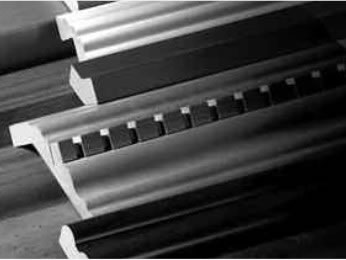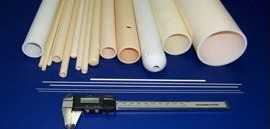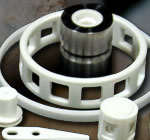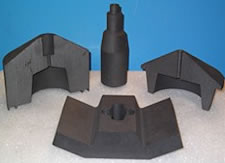From their beginnings in the ancient world to their current use in everyday objects, adhesives have undergone many changes. The Egyptians, Greeks, Romans, Mongols and other archaic groups used simple and natural formulas to bond surfaces and objects together. These early pastes were not replaced until the 1900s when technological advancements made way for the discovery of powerful synthetic bonding agents.
The earliest recovered adhesives are over 8,000 years old. Found in caves surrounding the Dead Sea, these pastes were made of animal hides and used to repair ceramics. The Greeks and Romans refined the process using egg whites and milk to create laminating adhesives which hold in place some of their most notable artworks and carvings. These egg, animal hide and plant based adhesives were popular long into the industrial revolution. Soon after, however, the need for stronger and more easily applied adhesives led to the creation of synthetic compounds. Lower costs and ease of production heightened the popularity of adhesives over other bonding techniques such as welding and mechanical fastening.
Industrial adhesives are ubiquitous in the modern world. The automobile, furniture, toy and plastics industries are just a few of the many industries that frequently utilize adhesives. However, some industrial adhesives have been linked with environmental issues and are potentially harmful to people. This has led many adhesive manufacturers to seek alternatives to the use of potentially hazardous materials and practices. Hot melt adhesives, for example, have eliminated the solvents once needed to create lasting bonds. Epoxy adhesives made with fewer harmful fillers are also made to withstand higher levels of environmental and chemical corrosion. The creation of water-soluble solutions further reduces waste and toxins as well as production costs. Although regulations and increased consumer awareness may have initiated the return to green, benefits such as decreases in shrinkage and dependence on foreign oil as well as improved environmental and worker safety will ensure that improvements continue as will the long history of the adhesives themselves.
 Adhesives
Adhesives Alumina Ceramic
Alumina Ceramic Ceramic
Ceramic Glass
Glass Graphite
Graphite Lubricants
Lubricants Castings & Forgings
Castings & Forgings Bulk Material Handling
Bulk Material Handling Electrical & Electronic Components
Electrical & Electronic Components Flow Instrumentation
Flow Instrumentation Hardware
Hardware Material Handling Equipment
Material Handling Equipment Metal Cutting Services
Metal Cutting Services Metal Forming Services
Metal Forming Services Metal Suppliers
Metal Suppliers Motion Control Products
Motion Control Products Plant & Facility Equipment
Plant & Facility Equipment Plant & Facility Supplies
Plant & Facility Supplies Plastic Molding Processes
Plastic Molding Processes Pumps & Valves
Pumps & Valves Recycling Equipment
Recycling Equipment Rubber Products & Services
Rubber Products & Services